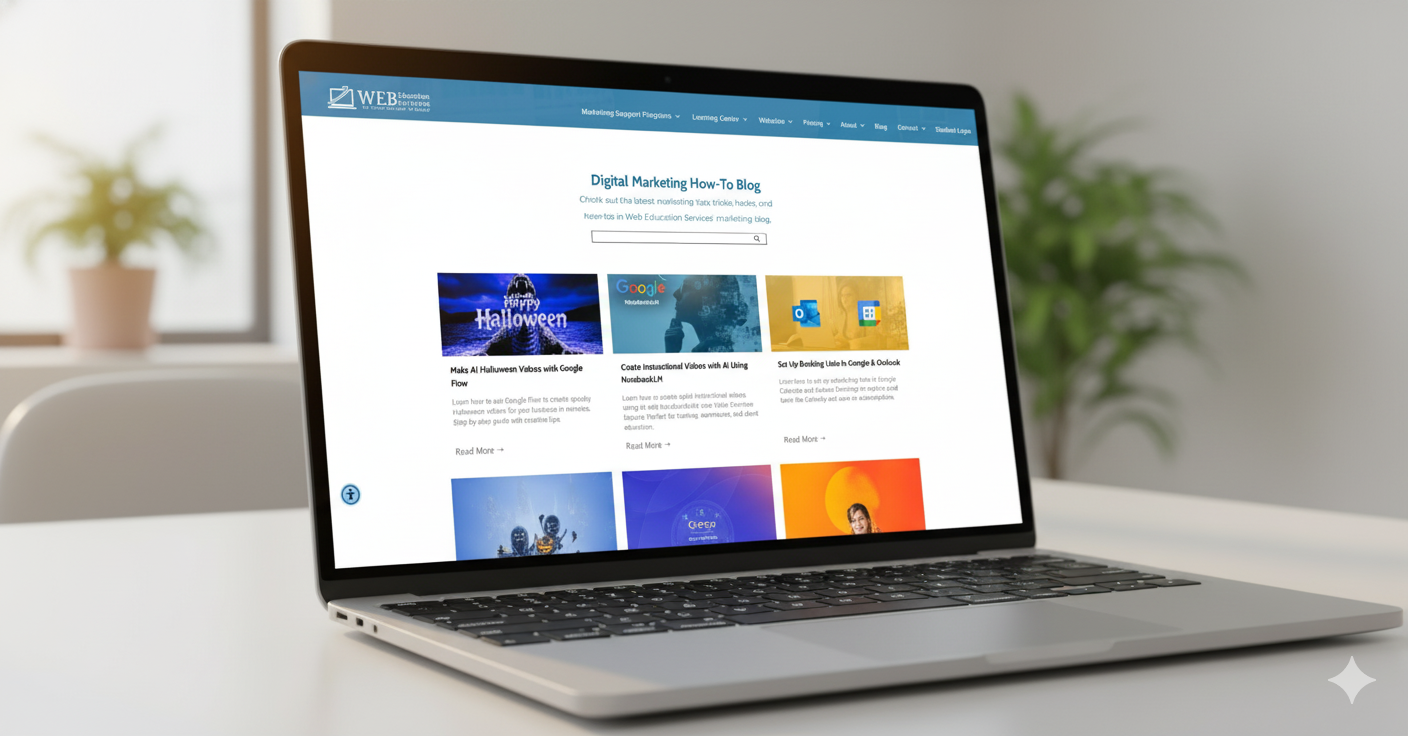Organizing Marketing Content: How to set yourself up for success as a small business owner
Rachelle Babcock • June 18, 2020
This one tip will make it easy for you to copy and paste content into Facebook, Google My Business, YouTube, Hubspot, your blog, and any other distribution channel you use.
Content creation can get messy. Every application has unique fields and it can be difficult to match your message to the application. You feel like you have to reinvent the wheel with each new post.
The easiest way to get out of the rut is to create a simple word document or google document and organize your writing.
Every application follows four basic inputs.
A title-
30 to 100 characters
A sub-title-
70 and 200 characters this is the “hook” This will be used in the blog.
A description
(paragraph(s), text field, etc)- 200-1000 words.
A picture or video
The best way to stay organized is to create a Google Doc or Word document that outlines your title, subtitle, description and link a picture or Video.
Marketing Takeaway
Marketing Takeaway= Use a digital notebook to organize your title, sub-title, description, and picture(s)/video.
If you need assistance with content organization we are here to help!
Schedule a call with one of our marketing coaches by contacting us.







